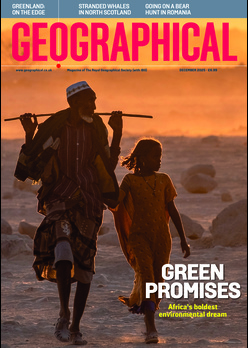
Riley Black tells an engaging and dramatic story of the fateful last days of the dinosaurs
Review by Jules Stewart
Unforeseen and without warning, on a fateful day some 66 million years ago, life on Earth came to an end for the dinosaurs. In her story of their extinction, Riley Black tells of an 11-kilometre-wide asteroid violently finishing the job that had been set in motion in earlier periods by a gradual process of climatic and geographical change. Land in many of the dinosaurs’ habitats had previously risen to form mountains, while swamplands were uplifted and drained, and temperatures dropped, bringing widespread extermination from cold and starvation. Indeed, some species in North America had been wiped out by flooding earlier in the Cretaceous.
The definitive death blow struck with that giant rock from outer space, the calamitous event that Black relates in an engaging and dramatic narrative. The author transports the reader to the origins of this colossal stone, millions of miles away, far from the Sun’s rays. It was within the immense field of frozen debris of the Oort Cloud, which surrounds our solar system, that the great asteroid broke loose, setting off on its journey towards Earth, dragged on by a strange invisible force that came to be known as gravity. Its flight through space is narrated like a cosmic thriller, albeit a tale founded on a wealth of solid research. ‘The asteroid is pulled, changing from a subcircular lump into a long cylinder… And then, pop, it breaks.’ A few chunks smash into Jupiter, but one gigantic piece continues its voyage, heading towards the third planet from the Sun.
The stone eventually crashes into the Yucatán Peninsula, its driving might opening a crater more than 160 kilometres in diameter. The heat and pressure of the violent impact cause the Earth’s crust to melt, but that’s only the moment of collision. The energy becomes uncontainable, conducted through stone and water, as waves of force announce the cataclysm around the planet, bringing what could be described as a ‘nuclear winter’ that lasted three years. The Cretaceous had just ended with a bang, leaving nothing but fossils of giant land creatures to feed our understanding of the fragile giants that once roamed our planet.




